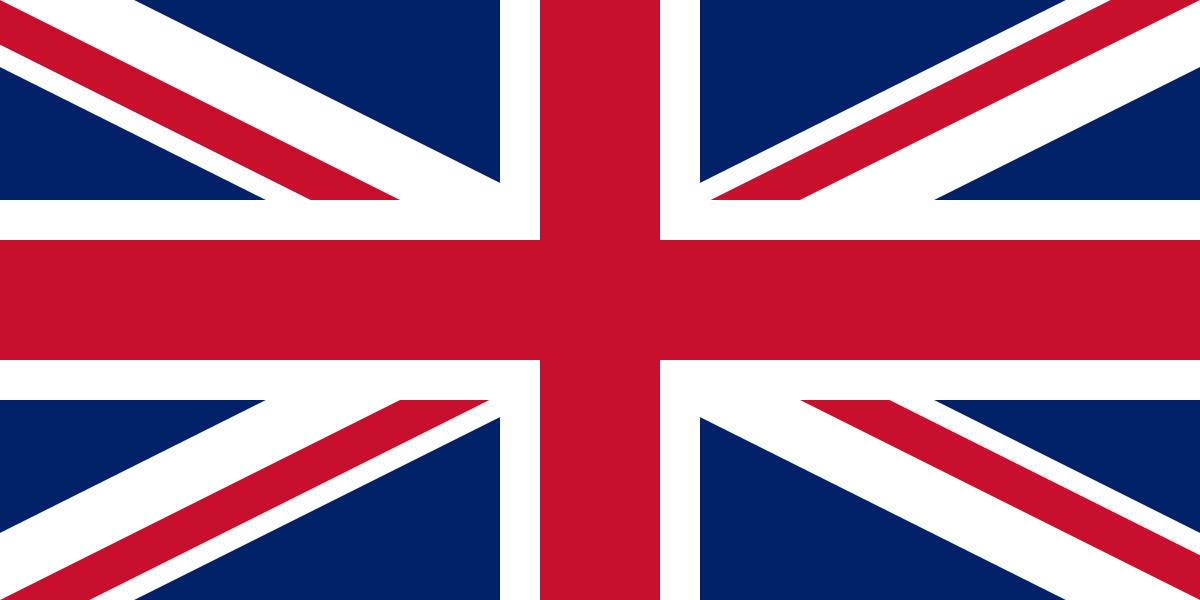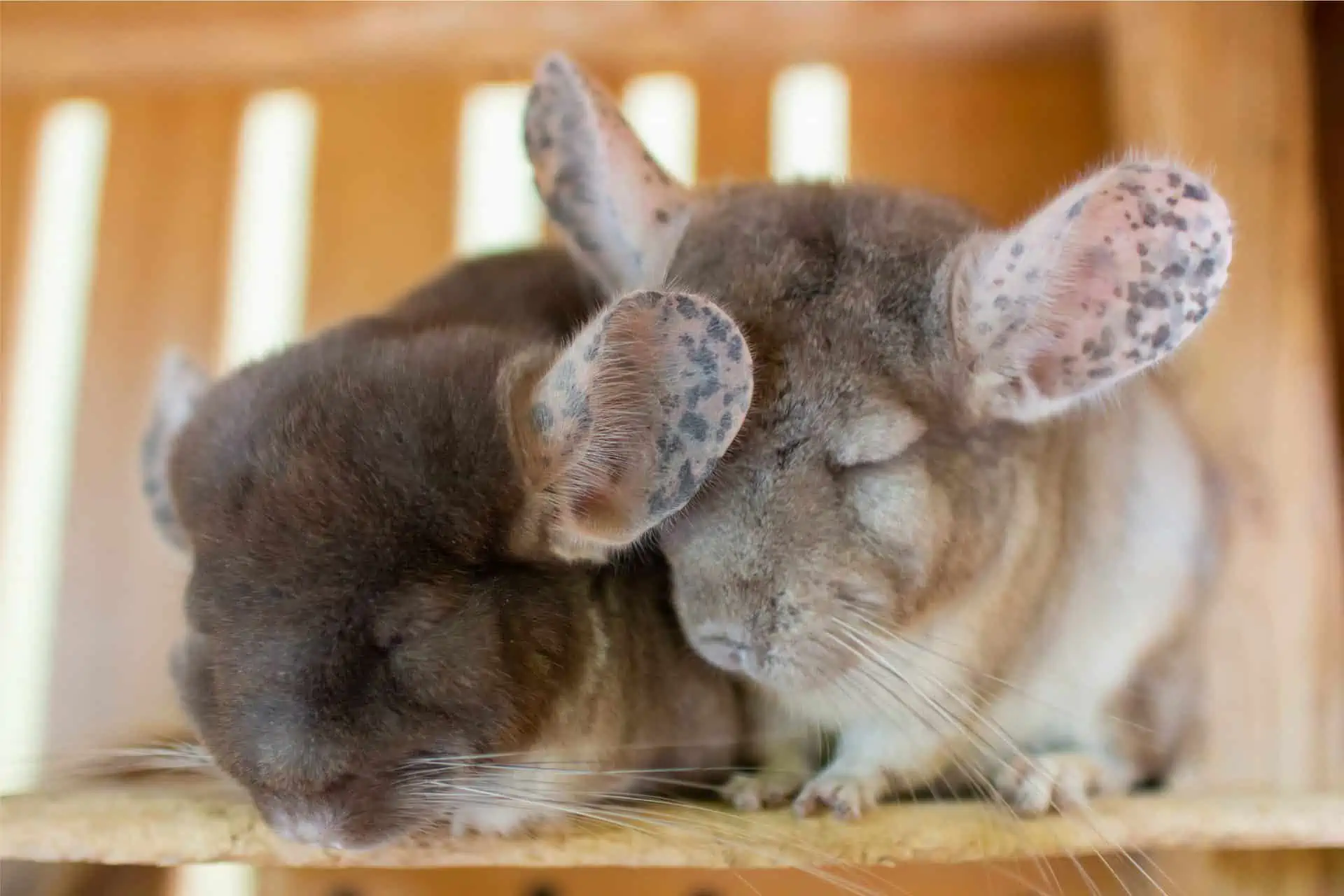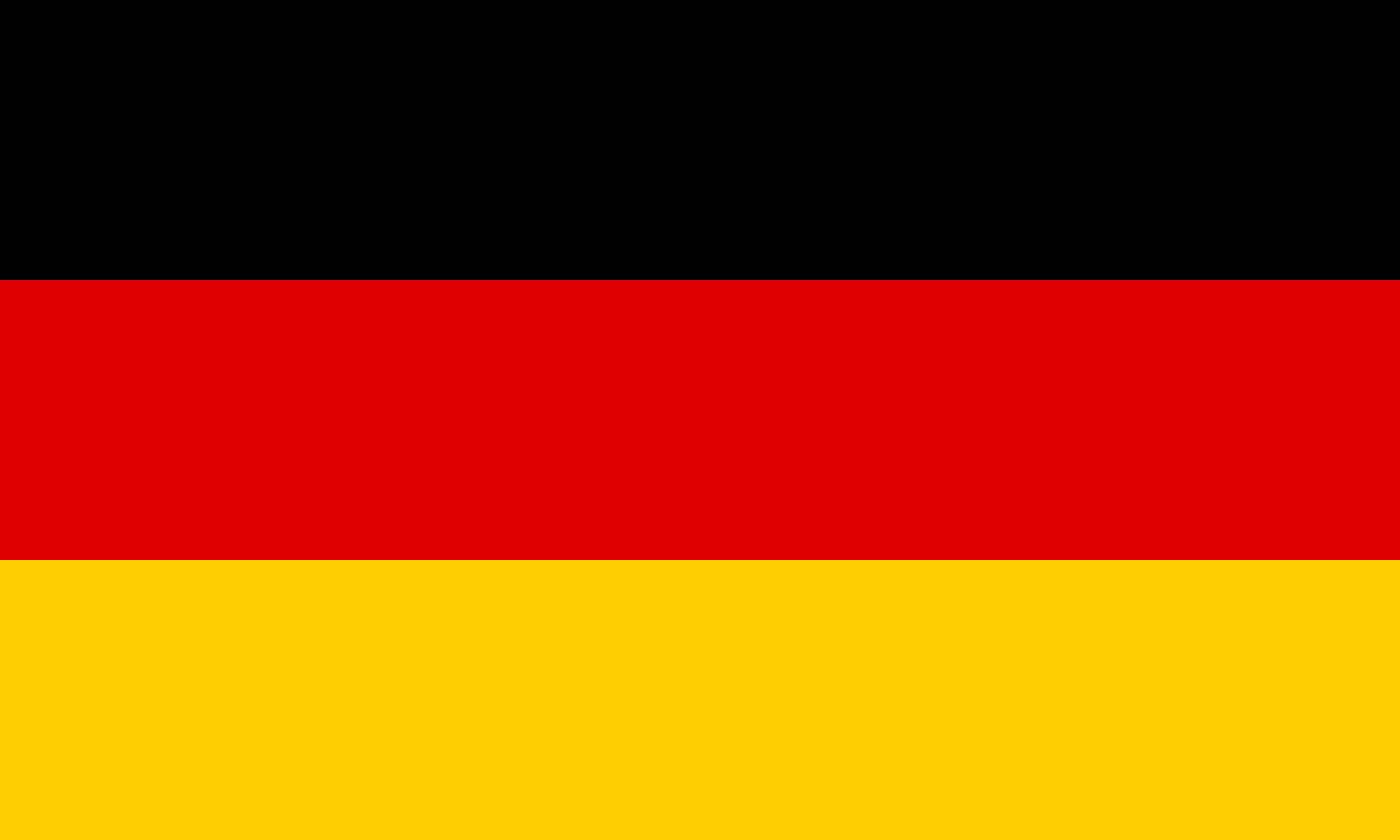Chinchillas are herbivores and hay should form the main part of their diet. High quality feeding hay (not bedding hay, which has little nutritional value) is an excellent source of fibre and plays a vital part in digestion. Chinchillas need to keep their digestive systems busy with a mix of digestible fibre and indigestible fibre moving through the gut at all times.
Chomping on hay also helps wear down their continually growing teeth so they are kept at the correct length and shape.
Chinchillas are really sensitive to sugar and can suffer from obesity if given incorrect chinchilla feed, which can lead to many other health problems.
What should a chinchilla diet consist of?
If you’re wondering what to feed your chinchillas, their diet should comprise:
- 85% -90%high quality feeding hay – as a guide, provide each chinchilla with at least their own body size in fresh feeding hay every day.
- Nutrition-packed nuggets – around one egg cup a day per chinchilla, to help ensure your chins get all the vital vitamins and minerals they need. Feeding chinchilla food that consists of high fibre grass-based nuggets instead can help prevent serious health issues.
- A small portion of chinchilla-safe leafy greens, herbs anddried forage. Mimicking what they’d eat in the wild, pet chinchillas prefer dead and dry leaves to fresh, so try mixing some dried leaf-based forage, or dried wildflower forage in with some tasty, nutritious feeding hay with hedgerow herbs.
- Fresh water – chinchillas need constant access to fresh, clean drinking water from a suitable water bottle with a metal spout.
You can also include some yummy, healthy nature snacks to add enrichment to their chinchilla diet. These are great for hand feeding, helping you to build your bond with your chinchilla chums.
What fresh foods can chinchillas eat?
Chinchillas have a simple, dry diet in the wild, so treats should be kept to a minimum and ideally dried to avoid unpleasant tummy upsets.
Chinchilla-safe treats include:
- Traditional rolled oats
- A small piece of wheat biscuit (5p piece size)
- A small piece of shredded wheat (5p piece size)
- Dried dandelions, nettles, clover and ribwort
- Dried chamomile flowers
- Rosehips (one piece as an occasional chinchilla food treat).
Quick tip
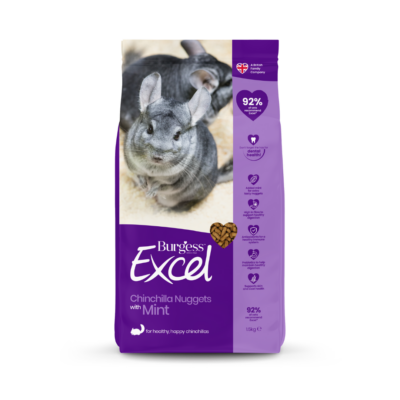
Excel Chinchilla Nuggets with Mint
What foods should chinchillass avoid?
There are several foods that should be avoided in a chinchilla’s diet because they’re either poisonous, or can cause health or digestive issues, including:
- Chinchilla muesli – muesli-based diets encourage selective feeding, where chins pick out the high starch/sugary components while rejecting the more fibrous pellets, meaning they won’t get the nutrition they need.
- Sweet treats – anything high in sugar is dangerous to feed to chinchillas.
- Nuts and seeds– these are high in fat, which is no good for a chinchilla’s delicate digestion.
- Fruit – including citrus fruits, apples, blueberries, rhubarb and banana.
- Vegetables– including lettuce, cabbage, spinach, celery, carrots, sweetcorn, broccoli, peas, asparagus and avocado.
If you’re not sure if something’s safe to include in your chinchillas’ diet, it’s best avoided.
Chinchilla feeding plan
How to feed your chinchillas
As crepuscular rodents, who are most active at dawn and dusk, chinchillas feed in the early morning and late evening and eat by sitting on their haunches, holding the food in their forepaws.
Wild chinchillas spend most of their waking hours searching for food. You can encourage this natural behaviour by scattering their chinchilla food around their accommodation, hiding hay, nuggets, herbs and forage mixes in paper bags, cardboard tubes and boxes.
Chinchillas also love chewing and shredding things such as banana Leaves, cardboard, unbleached loofah, hay bars, seagrass toys and coconut shells. You can add some extra chewing fun by providing untreated softwood, such as apple, elm, hawthorn, hazelnut, pear, poplar or quince twigs.
Why choose Burgess Excel for your chinchilla food?
Our chinchilla food has been developed with their specific needs in mind, so you know your furry friends will be getting the exact nutrients that they need when you choose Burgess.
Made at our very own factory in the heart of Yorkshire, we use only the highest-quality ingredients so you can give your chinchilla the very best.
Select from our range of chinchilla food, treats and hay and get free delivery when you spend over £25.
The Excel Feeding Plan
Following our Excel feeding plan will ensure that your guinea pigs get the correct balance of fibre, vitamins and minerals. 85-90% of a guinea pigs’ diet should be high quality, dust extracted feeding hay, such . Supplement this with a small portion of Excel nuggets, the occasional Excel nature treat, a small handful of fresh greens and plenty of fresh water.
Guinea pigs are herbivores who live on a plant-based diet. However, we like to call them ‘fibrevores’ as fibre is by far the most important part of their diet and is essential for their gut and dental health.
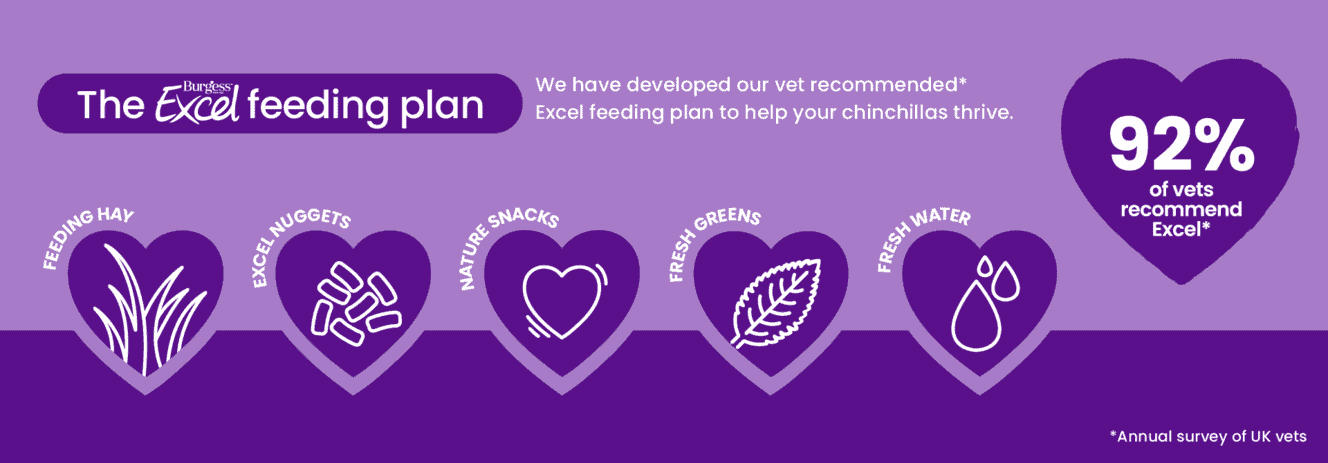
Types of Fibre
Chinchillas always need to keep their digestive systems busy with a mix of two kinds of fibre moving through the gut. These types of fibre are called digestible fibre and indigestible fibre. Chinchillas get this fibre mainly from good quality hay – we’d recommend Burgess Excel Feeding Hay!
Chinchillas can’t get enough nutrition from fibre when it passes through their gut the first time. So chinchillas excrete soft, sticky-type droppings, called caecotrophs. They then re-eat them for vital nutrition. Burgess Excel has been specifically formulated to have all of the vitamins and minerals your chinchillas need.
Digestible fibre is moved up into an organ called the caecum. This acts like a giant appendix. Good bacteria in the caecum ferment the fibre, making it easy to digest. This emerges in the form of clumps of sticky droppings – we call these droppings caecotrophs. Chinchillas then re-eat the caecotrophs directly from their bottom and the essential nutrients are then absorbed when the digestible fibre passes through for the second time.
Beneficial Fibre
If chinchillas don’t get the right amounts of both digestible and indigestible fibre, it can rapidly lead to serious health problems. At Excel, we call the correct ratio of these two types of fibre ‘Beneficial Fibre’.
Sticking to The Excel Feeding Plan will ensure your chinchillas get the right amounts of fibre in their diet. The Excel Feeding Plan was developed in conjunction with one of the world’s leading small-animal vets, to provide a perfect daily balance of fibre and nutrition.
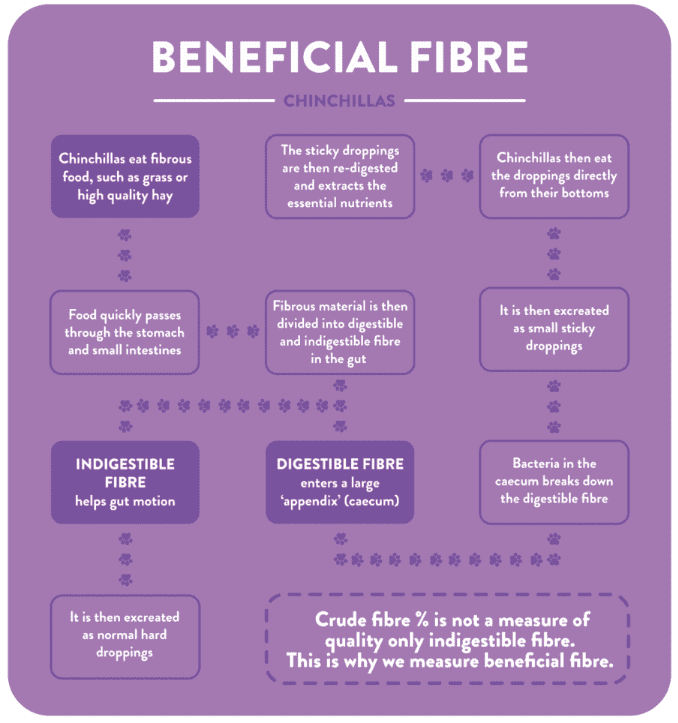
DON'T FORGET THE HAY
Our Burgess Excel Range
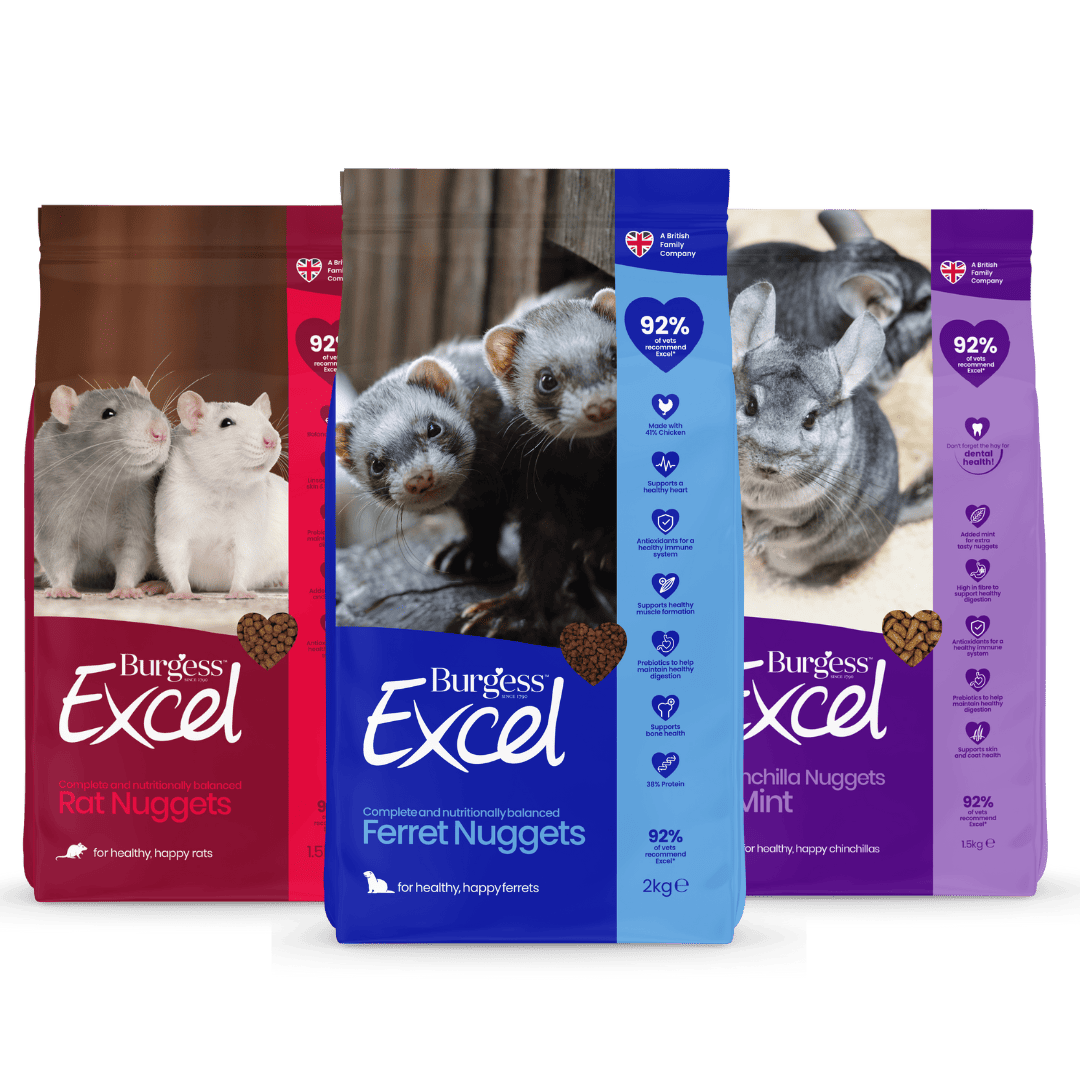
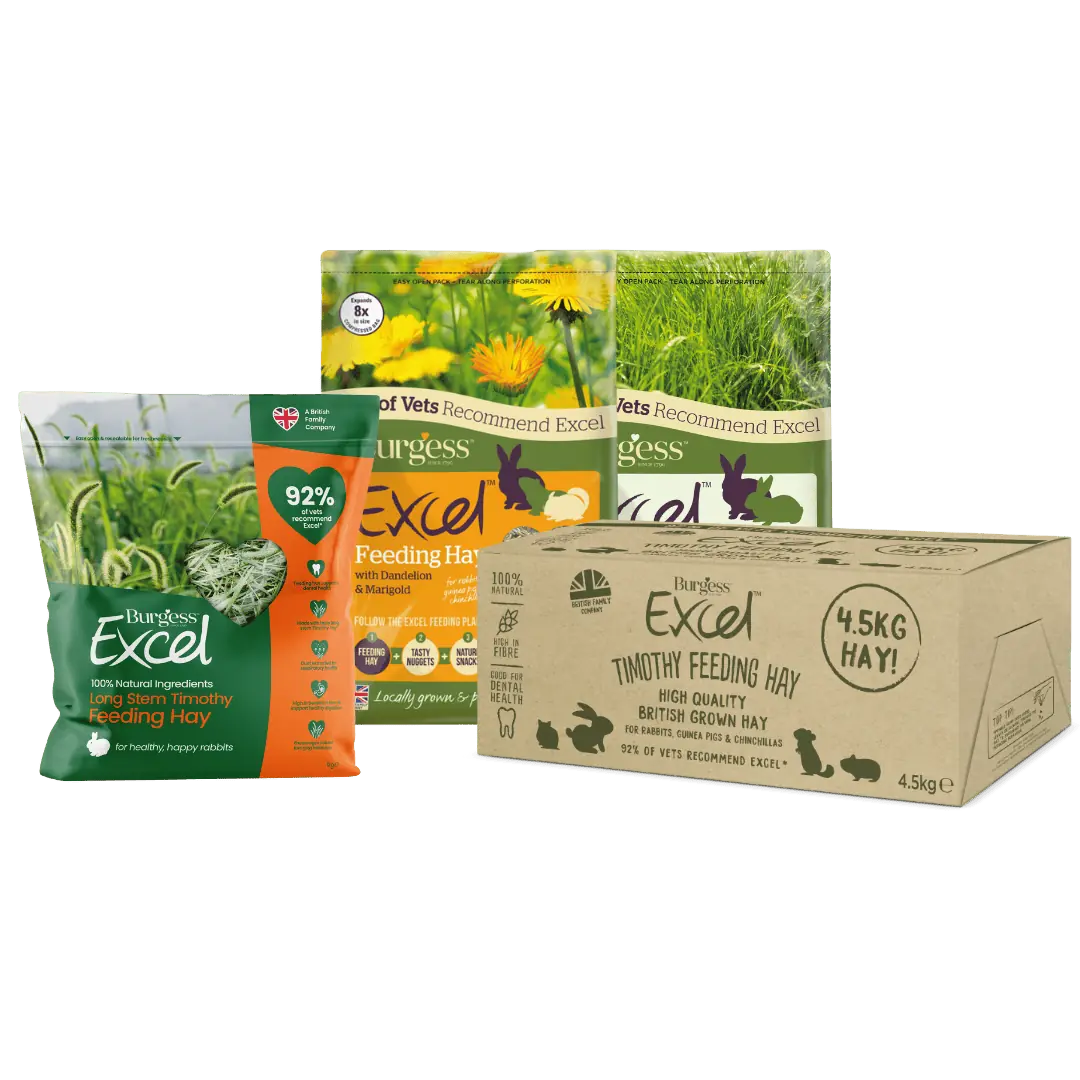

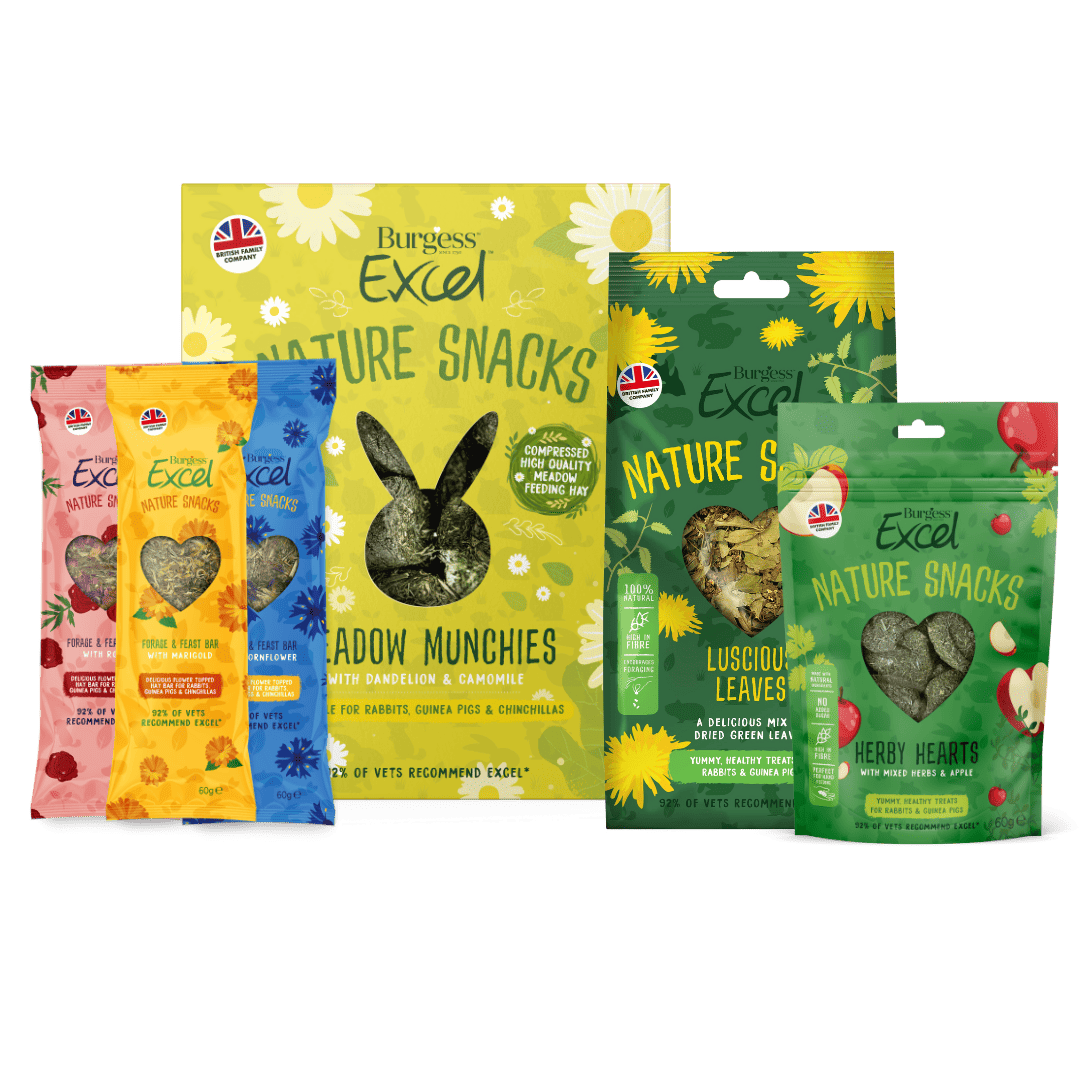

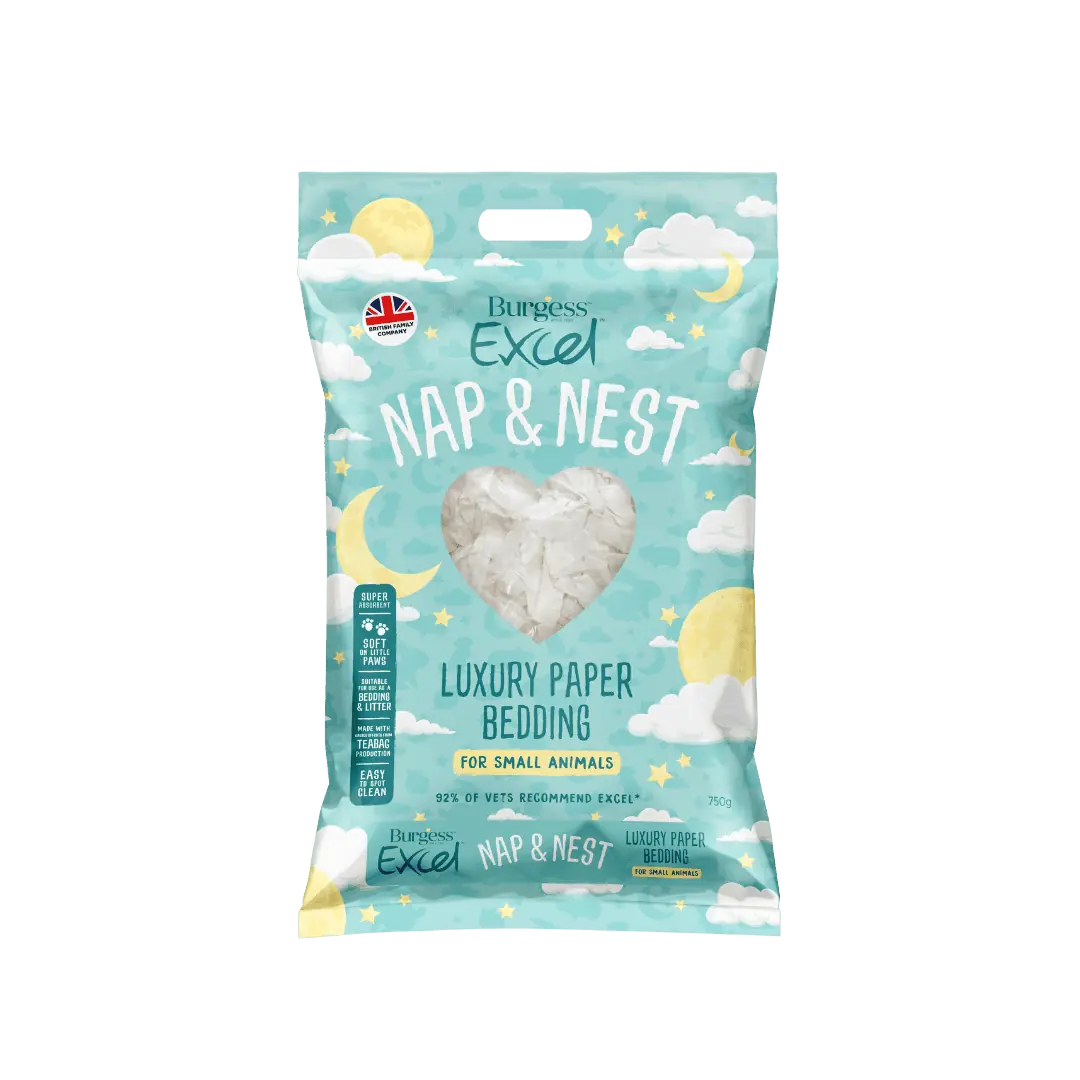
Transitioning to Burgess Excel nuggets

Do you need more advice?
If you’re at all unsure about the best way of feeding your chinchillas or have any concerns about specific nutritional requirements, ask your local veterinary practice for advice.
You can get in touch with our customer care team who will respond in 3-5 working days. Our dedicated team of pet experts will help you make the right choice.
Are your chinchillas Burgess chinchillas? Join the Burgess Pet Club for exclusive offers and rewards.
